Chapter 7. Chapter 7: Genes and Inheritance
Review and Rehearse
Review & Rehearse
true
true
You must read each slide, and complete any questions on the slide, in sequence.
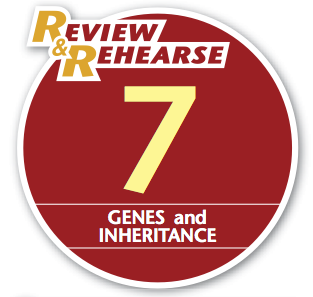
Instructions
Review the visual summaries and answer the essay questions below.
Make sure to enter a brief response that completely answers each question and explains your reasoning. When you click "Submit," you will be provided instant feedback, allowing you to check if your response is correct.
(This activity contains 15 total essay questions. Each new question will be revealed once you complete the preceding question.)
Question 7.1

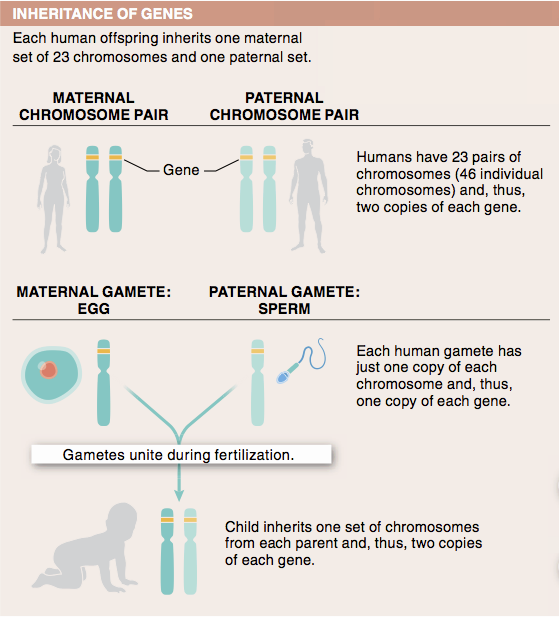
Offspring resemble their biological parents because they receive genes from their parents. Genes code for traits that determine physical characteristics that parents and offspring may share.
Question 7.2
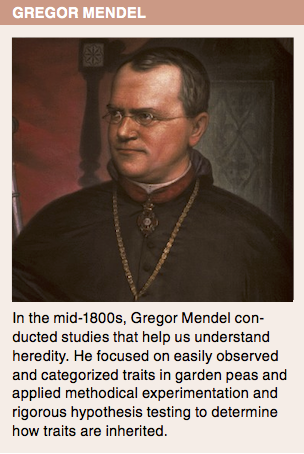
Since offspring inherit one copy of each gene from each parent, if the gene for a single-gene trait is inherited and the trait is expressed, it is easy to determine which parent it came from. Inheritance patterns for multigene traits are more difficult to follow, because their expression can look very different, depending on which combination of genes is acquired and expressed.
Question 7.3
snI18f26UoR27P60FJl6Z4Jkskb1tWXJwAW0DkbBkJm06T+2K6bMNngE1UZjvrQh6NIhNFaNvlSqNBCi4qrFOYzl5QY=Gregor Mendel wanted to understand how traits are passed from one generation to the next. For his research, he chose easily observable traits, which he could categorize and count, in organisms (pea plants) that he could manipulate experimentally to understand their pattern of inheritance.
Question 7.4
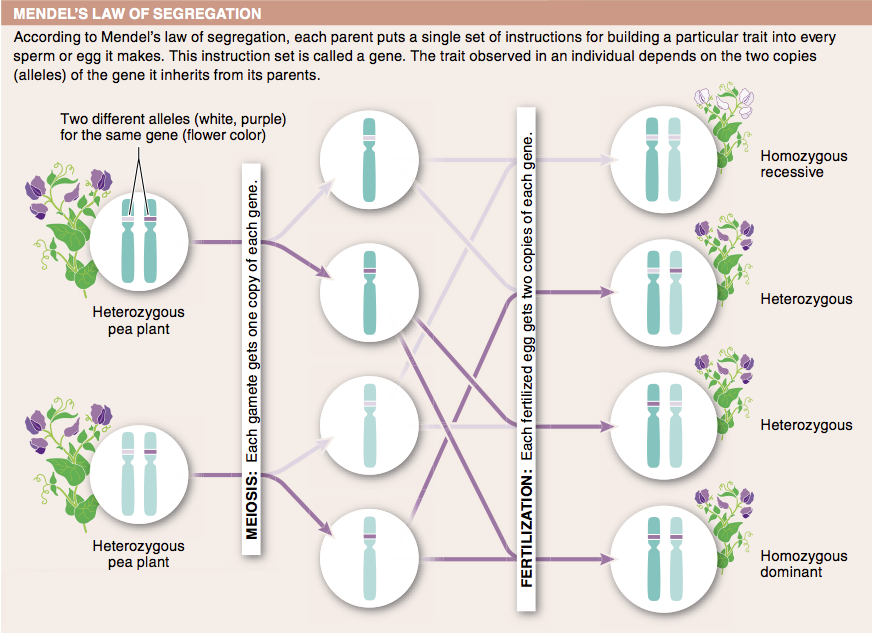
The cells of diploid organisms, with the exception of gametes, have two copies (alleles) of each gene, one allele on each of a pair of homologous chromosomes. For offspring to inherit the same (diploid) number of chromosomes and genes, they must receive only one copy in each parent’s gamete, which combine to form a diploid zygote.
Question 7.5
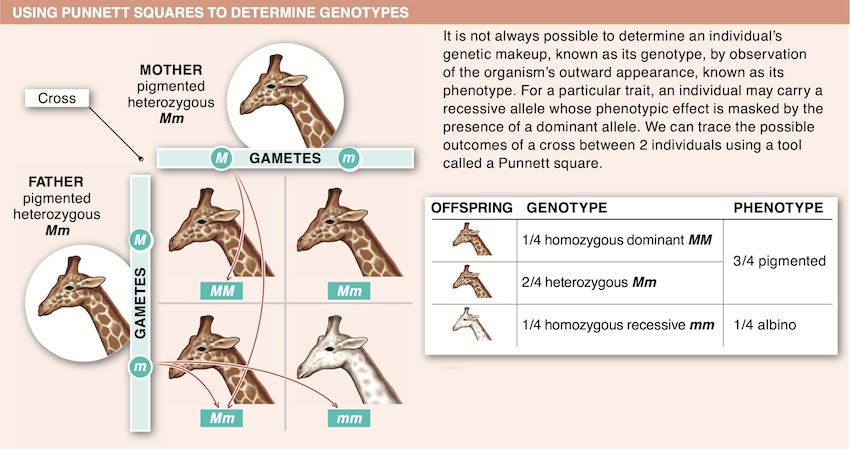
“Phenotype” is the term used to describe the expression of alleles as physical, physiological, or behavioral characteristics. “Genotype” is the term used to describe the alleles an organism has inherited, which determine what phenotypes are expressed.
Question 7.6

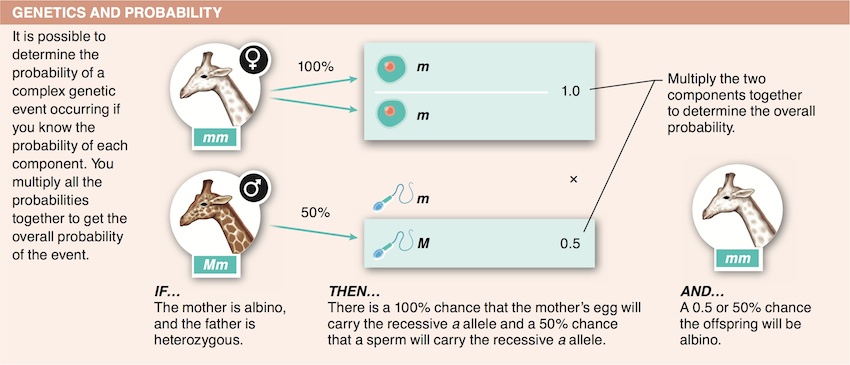
The term “homozygous” indicates that an organism has only one version of an allele for a specific trait. All of its gametes will contain this allele for the trait.
Question 7.7
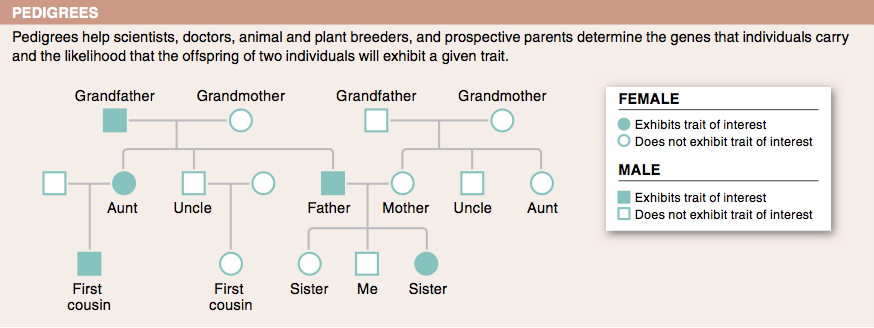
If an individual exhibits a dominant trait but has an unknown genotype, a test-cross can reveal the genotype. The individual is crossed with an individual that is homozygous recessive for that trait. If all the offspring express the dominant trait, then the unknown genotype is homozygous dominant. If half the offspring exhibit the recessive trait and half exhibit the dominant trait, then the individual with the unknown genotype must be heterozygous for that trait.
Question 7.8
Z4fcGsS4v6v1SYv2ZI3lSmtZUFCSYcb6C3wvXJu2tXvtz5uyB1TIQb+j8uzjOEmXX7iyfVa+a5k=A “carrier” is an individual who carries one copy of a recessive allele, which is not expressed. There is no outward evidence that the individual is carrying the recessive allele.
Question 7.9

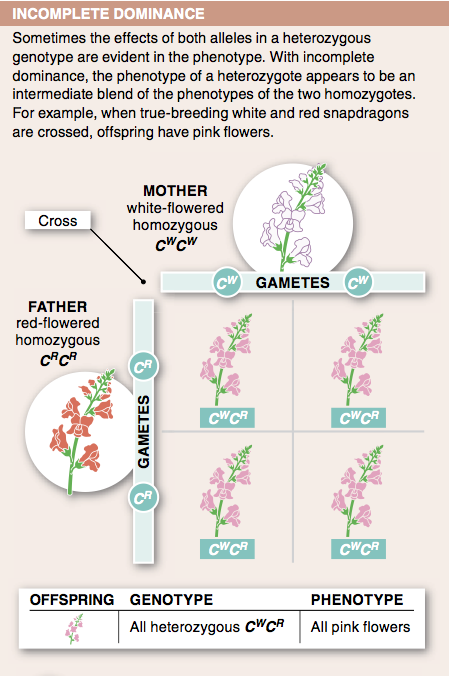
In incomplete dominance, an individual that is heterozygous for a trait expresses a phenotype that is intermediate between the phenotypes associated with the two alleles. An example is the snapdragon flower. If a true-breeding red-flowered plant is crossed with a true-breeding white- flowered plant, all their offspring have pink flowers—intermediate between red and white.
Question 7.10
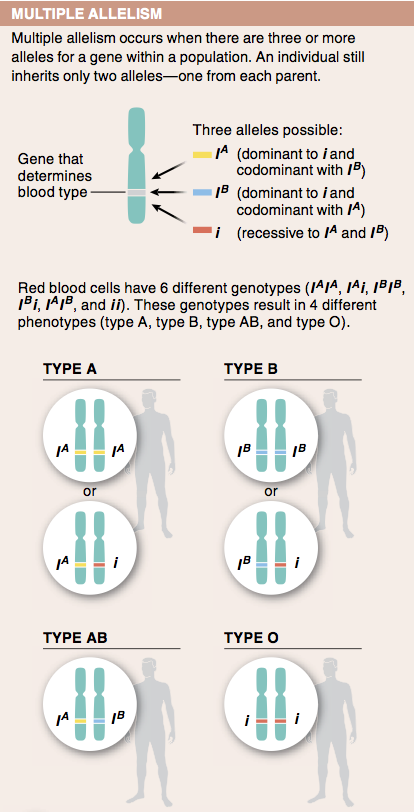
Assuming that an individual is diploid, it can have two different alleles for each gene, one carried on each of two homologous chromosomes. An individual cannot have more than two alleles for each gene, unless it has more than two sets of chromosomes.
Question 7.11
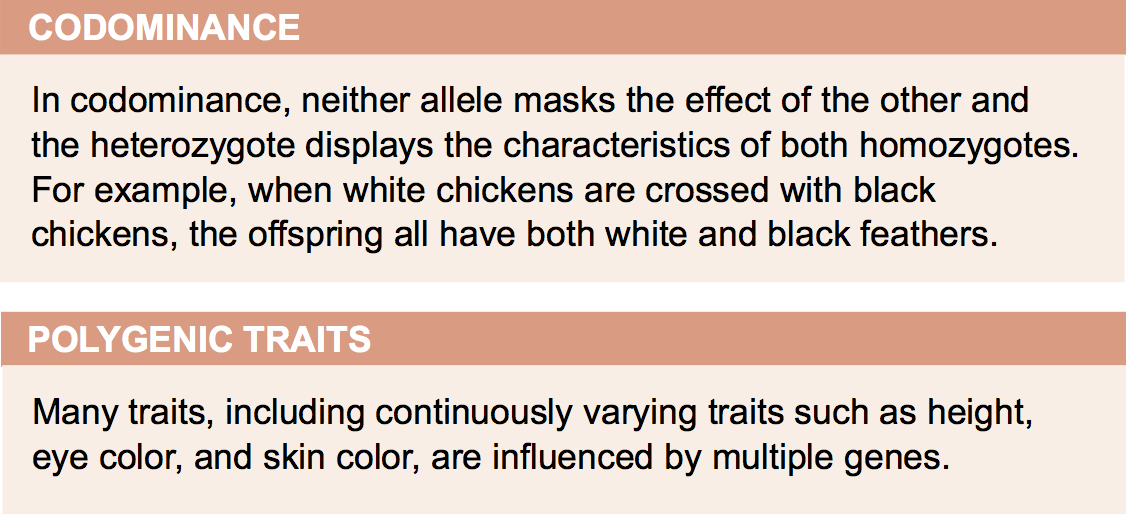
A trait is described as polygenic if many genes control the trait. As result, there is a lot of variation in the expression of this trait. An example is height in humans.
Question 7.12
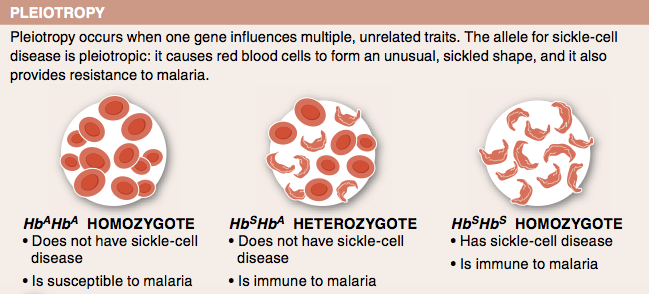
An individual who is heterozygous for sickle-cell anemia has resistance to malaria because the parasite that causes malaria does not survive well in sickled cells, the red blood cells with the defective hemoglobin.
Question 7.13

Both the X and Y chromosomes are sex chromosomes. There are many more genes on the much larger X chromosome, with no corresponding alleles on the Y chromosome. If a recessive allele on the X chromosome is inherited by a male (XY), that allele will always be expressed.
Question 7.14

An individual with PKU inherits a defective allele for an enzyme needed to convert phenylalanine to tyrosine; phenylalanine builds up in cells, eventually increasing to toxic levels. If the person modifies his or her diet—that is, modifies the environment—to largely exclude phenylalanine, this amino acid will not increase to toxic levels in the body.
Question 7.15

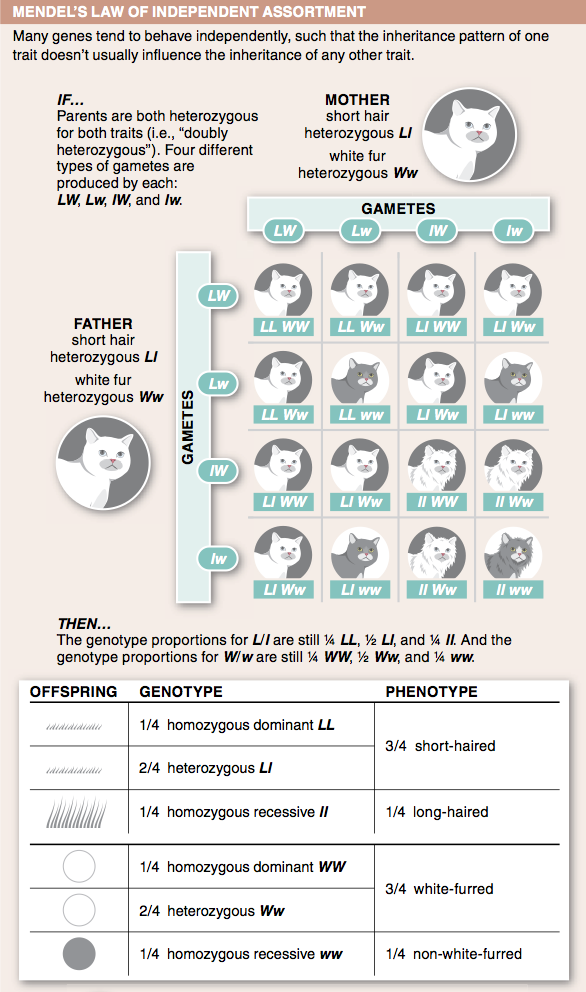

Mendel’s second law states that the inheritance of one trait does not influence the inheritance of another trait. However, this is not true for traits determined by alleles located on the same chromosome, especially if they are close together. When a chromosome is inherited, groups of alleles, especially those close together, are inherited together.
Activity results are being submitted...